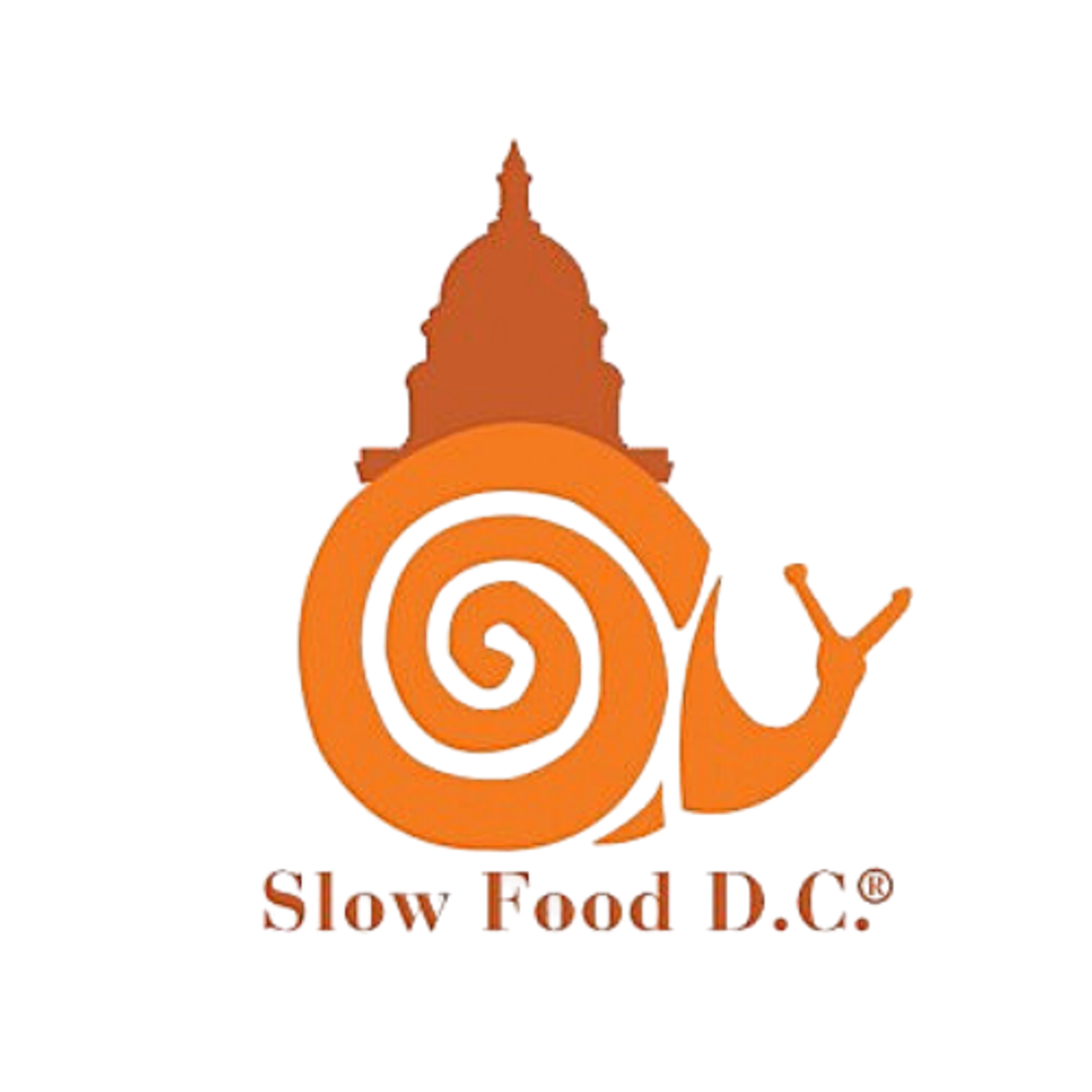Slow Wine 2016 Pours Italian Wines Across America
By Elena Grigashkina, Slow Food USA International Campaigns Intern
“Wine, just as food, must be good, clean and fair.” Slow Wine as a natural extension of Slow Food.
Over the last decade, Americans have been eagerly embracing the idea of sustainable agriculture, natural food and a healthier life style. Yes, the natural food movement has changed the way people eat today. We consider where our food came from, who grew or produced it and how far it traveled to get to our plates. But I wonder, do we ask ourselves the same questions when buying a bottle of Pinot in a local liquor store or having a glass of wine with our meal?Slow Food believes that wine, just as food, must be good, clean and fair. In the end, wine is an agricultural product, and has an impact on the lives of people who produce and consume it, and on the environment. Pesticides, herbicides, excessive water and energy consumption are all commonplace in conventional wine production.The program that supports good, clean and fair wine already exists in Italy. The Slow Wine guide, produced by Slow Food editore, promotes small-scale Italian winemakers who make quality wines using traditional techniques, working with respect for the environment, biodiversity and terroir. Once a year the Slow Wine team and select winemakers hit the road to Asia, North America and Europe in order to debute that year’s guide and to present a selection of the best Italian wines. (More on the 2016 Slow Wine Tour here.)Historically, most of the wine in Italy has been produced by families, with minimum intervention and rarely with chemical inputs. In the United States, by contrast, wine production is more industrialized, made with the techniques optimized for bringing wine to the marketplace as quickly as possible. Producers who make wine in industrial quantities are more likely to use additives with long, unpronounceable names to ensure consistency in the product. Grapes are sprayed with pesticides that damage the soil, the environment and the health of the workers who pick those grapes. As a result, the consumer ends up with wine which is pumped, fined, filtered, has less complex taste and a greater negative impact on the environment.The good news is that the whole industry is steadily changing. Resource depletion and the consumer demand for sustainable products and services encourage local winemakers to move towards more sustainable farming practices and wine production techniques. More and more wineries across the United States are becoming environment-friendly, whether by organically growing their grapes, using biodynamic methods or following sustainable farming practices.But how does one understand what wine is good, clean and fair? Organic, biodynamic, natural, green, eco-friendly, naked or sustainably-farmed… all these terms are confusing for the average wine drinker. To clear up this confusion, I’ll be writing a series of wine blog posts featuring different slow wine related individuals, projects and discussions that, perhaps, could be a first step forward in building a strong Slow Wine movement in the US.In the coming weeks we will interview California wine producers to get a snapshot of what sustainable winegrowing means in practice; we will learn about a recent Slow Wine project in Oregon; and we will sit down at the table with Slow Wine team, Italian winemakers and local wine industry representatives to talk about sustainability and the future for Slow Wine in the U.S.Cheers and stay tuned!
